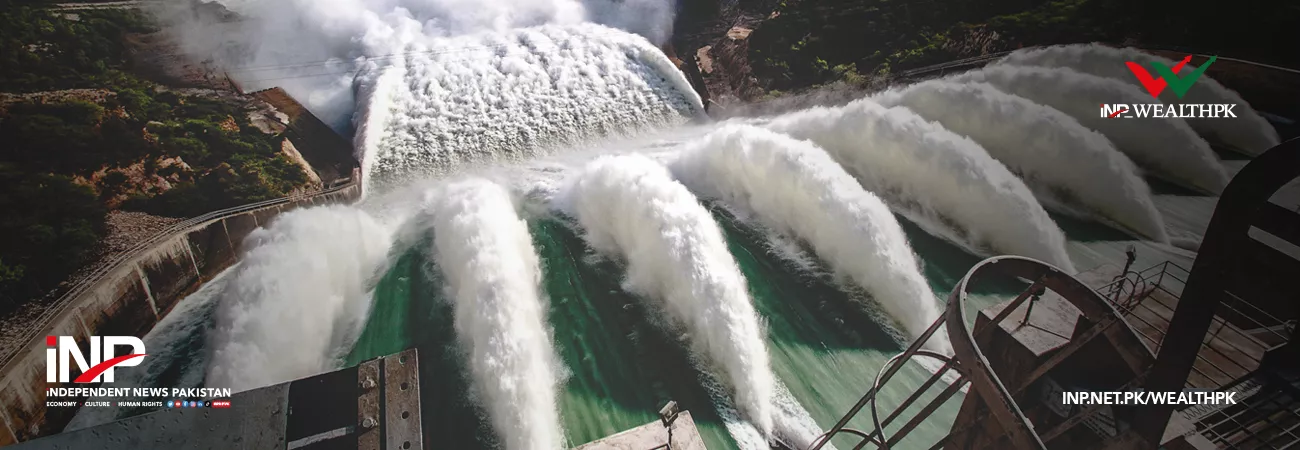INP-WealthPk
Ayesha Saba
Small hydropower projects in the rural areas have the potential to alleviate the current energy crisis by generating localized and sustainable power. By focusing on these projects, Pakistan can promote inclusive development, improve living conditions in the rural areas, and contribute to the renewable energy targets.
Engr. Muhammad Asif, Scientific Officer at Climate, Energy and Water Research Institute (CEWRI), said this while talking to WealthPK. “In Pakistan, mountainous terrains like the Potohar and KP regions have immense potential for the development of small-sized run-of-river hydropower plants,” he said. “These projects need low initial investments, smaller areas, shorter planning and construction time, locally-trained manpower, indigenous material, and lower power generation cost compared to larger power projects,” he said.
“Water is diverted from the river through a power channel to the powerhouse to run the turbine. It again joins the same river without any loss,” Eng. Asif said. “Although various hydro sources have been identified in Pakistan that can contribute significantly to the generation of electric power, there are a number of obstacles preventing or delaying the development of small hydro power plants. These include a plan and monitoring framework, funding, rules, and regulations for SHPPs, unavailability of data on hydro resource, and social barriers,” he added.
“Lack of adequate funding to improve the SHPP industry is a common challenge. Since the industry depends mostly on the available funding, the allocated funds are normally spent on a specific community and area, which is not enough to address the issue of the energy crisis,” he said. He advised that the government should devise policies in a way that attracts private investment in building small hydropower projects, as the country has vast potential in this sector.
Talking to WealthPK, Mr. Saifullah, superintendent at Pakhtunkhwa Energy Development Organization (PEDO), said, “Pakistan and specifically Khyber Pakhtunkhwa province has enormous hydropower potential which can ensure long-term energy security if exploited in a systematic, planned, and transparent manner. It is imperative that the immense hydropower potential in the province and the rest of Pakistan is harnessed.” He said the PEDO had identified 328 feasible mini-micro hydropower projects, out of which 281 projects had been implemented in the first phase, while under the second phase, progress on a number of new micro hydropower projects was underway.
According to International Energy Agency (IEA), the electric power demand in Pakistan will increase threefold to 49,078MWs in 2050. With a surging population, which is projected to reach 236 million by 2030, increasing urbanization and expanding industrial base, the demand for energy and water is reaching new heights. SHPP, unlike other non-renewable energy sources, is a cleaner energy source that contributes less to global warming. This hydro resource should be fully utilized to overcome the energy crisis in the country.
Credit: Independent News Pakistan-WealthPk




